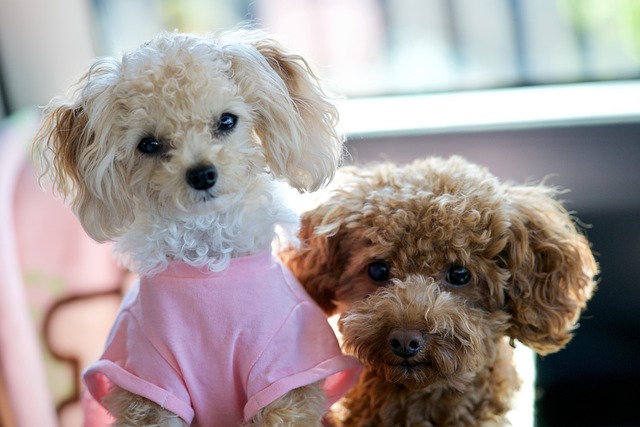
How do i train my dog to be obedient?
Watching your dog dart across the park ignoring your calls isn’t just frustrating—it can put them at risk near busy streets or public spaces.
Imagine walking into your Houston home to find your rescue pit bull, Rocky, growling over a chewed shoe, hackles raised as you approach. Your heart sinks—this isn’t the first time he’s shown aggression, and you’re terrified of what it means. Aggression in dogs can feel like a crisis, but for new owners in the U.S., like a Seattle couple whose rescue mix snapped at guests, understanding it as a communication tool—not a “bad” behavior—changes everything. Let’s break down how to address it with kindness and science.
Aggression is never random; it’s a dog’s way of saying, “I’m uncomfortable, scared, or protecting something.” Common triggers include fear (like Rocky, who was abandoned and starved before rescue), resource guarding (food, toys, or “their” space), or territorial instincts. Biologically, it’s a survival response: their brain’s amygdala floods with stress hormones, overriding rational thinking. You’ll see warning signs before a snap: stiff body language, lip lifting, low growls, or freezing—these are cries for help, not defiance. A vet in Austin explains, “Dogs escalate to aggression only when they feel they have no other choice. Our job is to give them better options.”
Stay calm and avoid punishment. Yelling, hitting, or using shock collars amplifies fear and teaches them to distrust you—never effective, and illegal in many European countries (like Germany) under animal welfare laws. Instead, freeze when you see warning signs. For Rocky’s shoe-guarding, his owner knelt down (avoiding direct eye contact, which dogs see as a threat) and tossed a high-value treat (cooked chicken) a few feet away. When Rocky left the shoe to eat, she quietly removed it, praising softly: “Good boy for moving away.”

Identify and remove triggers. Keep aggressive triggers out of reach: store food in closed cabinets (a must in NYC apartments where space is tight), and teach “drop it” for toy guarding. A Boston terrier owner in Portland noticed her pup snapped when strangers knelt too fast, so she started asking guests to toss a treat to the dog before petting—turning “stranger” into “source of good things.”
Rebuild trust with positive reinforcement. Use “counterconditioning” to rewrite their emotional script. If your dog growls at other dogs on walks, keep them at a distance where they just stay calm (their “threshold”), then feed them treats every time another dog appears. Over weeks, they’ll learn, “Oh, that scary thing means snacks!” A Chicago lab owner used this method: after her dog lunged at cyclists, she stood 50 feet from bike paths, rewarding calm behavior with freeze-dried liver. After 8 weeks, he watched cyclists pass without reacting.
Consult a certified behaviorist for severe cases (biting, attacking without warning). In LA, certified behaviorists use “desensitization” techniques, like playing recordings of thunderstorms at low volumes while feeding treats, to help storm-phobic dogs relax. Never skip this step—untreated aggression can worsen, and in some U.S. states, unmanaged aggressive dogs may be subject to legal quarantine (California requires reporting bites to animal control).
This ties to responsible pet ownership in the U.S. and Europe. Keep vaccinations current (rabies shots mandatory by 4 months in most states, including Texas)—critical if aggression leads to a bite. In public, use a sturdy leash (retractable ones banned in Denver) and carry poop bags—fines for neglecting waste hit $100 in Miami. For apartment dwellers, create a “safe space” (a crate with a bed) to reduce territorial behavior in shared hallways.

Watching your dog dart across the park ignoring your calls isn’t just frustrating—it can put them at risk near busy streets or public spaces.

New puppy owners often find themselves rushing to clean up accidents before they set in, and that’s where puppy pad training becomes a game-changer.

If you've noticed your dog's waistline disappearing and your veterinarian has mentioned those few extra pounds, your first instinct might be to simply reduce the amount of food in their bowl.

Training a dog to use a designated spot indoors isn’t as daunting as many new owners fear, but it does take consistency and an understanding of your pet’s needs.

That moment of dread on a walk is all too familiar for many new dog owners. You see another dog approaching down the sidewalk of your neighborhood

If the sight of another dog on your neighborhood walk makes your heart sink as your own dog erupts into a frenzy of barking and lunging, you're not alone.